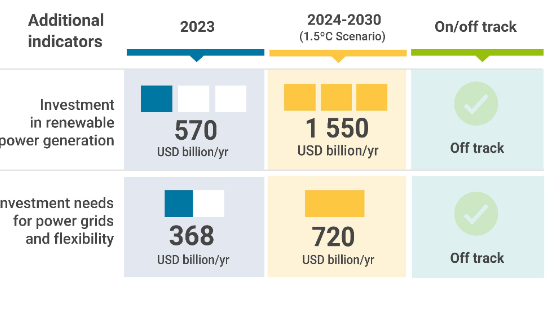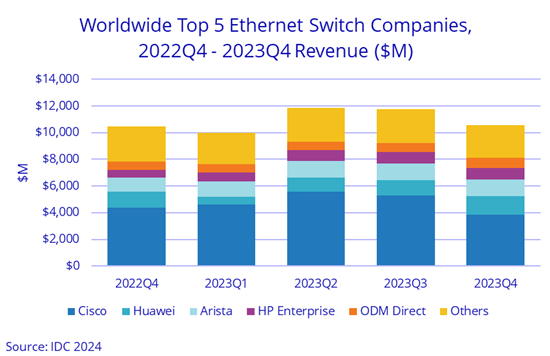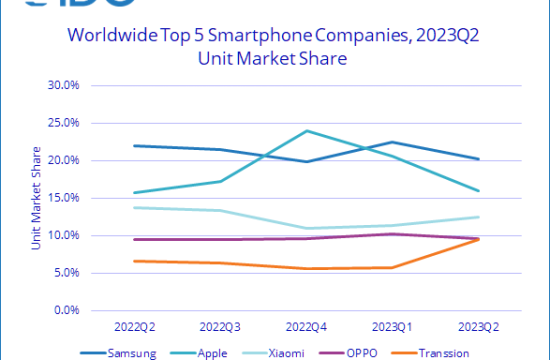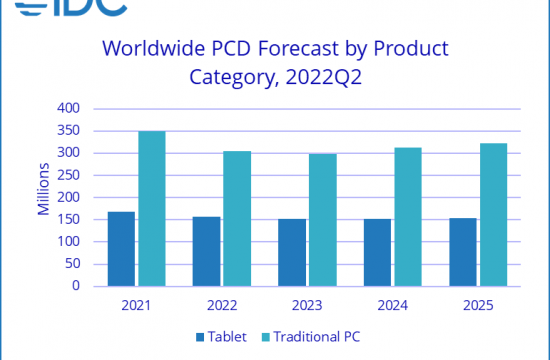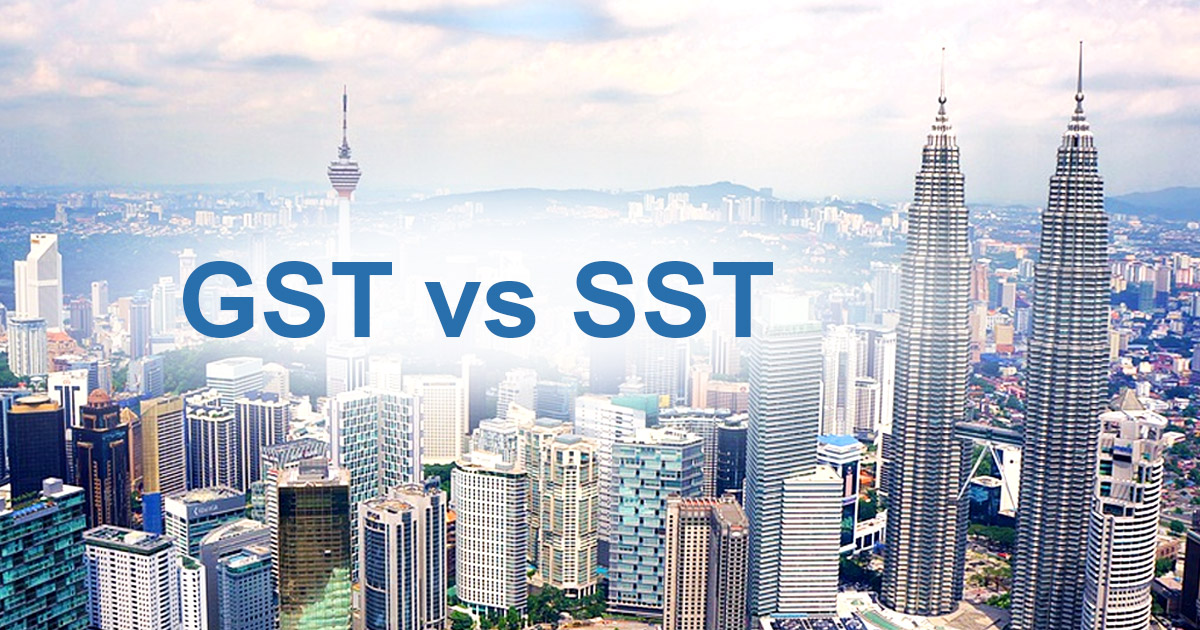 Malaysia has undergone two main stages of change in consumption-based taxation since 2010. First, the country replaced the sales and service tax (SST) with a goods and services tax (GST) on April 1, 2015. Consumers were to pay the standard rate of 6% on their consumption, with exemptions on some necessities. Compared to income tax, the GST is considered more transparent and reduces tax fraud among companies.
Malaysia has undergone two main stages of change in consumption-based taxation since 2010. First, the country replaced the sales and service tax (SST) with a goods and services tax (GST) on April 1, 2015. Consumers were to pay the standard rate of 6% on their consumption, with exemptions on some necessities. Compared to income tax, the GST is considered more transparent and reduces tax fraud among companies.
As of 2018, more than 100 countries have been practicing the GST, also known as value-added tax (VAT) in some countries. The GST can generate enough revenue to finance public goods, such as free education and health services, which subsequently increase human capital and investment infrastructure in the long term. Despite the economic agents incurring an extra tax burden, the real households’ income appears unaffected as it is compensated through these welfare-based activities.
Practically, the GST is assessed incrementally based on an increase in value of a good or service at each stage of production or distribution. Because of tax exemption and credit refunding, the GST acts as a kind of destination-based tax. That is, the tax is finally applied to the sales price the consumers pay. Supposedly, the GST will not induce inflation as producers have no excuse to. The prices of goods and service are the same virtually as before the GST implementation. The only difference is that consumers pay 6% more for the same basket of goods and services.
However, a different situation occurs in Malaysia wherein revenue redistribution lacks transparency and the general price continuously rises, and eventually lead to its unpopularity. Both the GDP and private consumption were recorded to experience slower growth for the third and fourth quarters of the contemporaneous year. The slow expansion was also observed for the subsequent year, about 1 to 3 percentage points lower in 2016 as compared to 2013.
While the theories seem perfect, this is not the actual case as observed by the public. Some businessmen are involved in profiteering, taking advantage of the GST system. The lack of enforcement on price control in different locations contributes partly to the issue. Also, some complaints from the public elucidate that the tax-refunding system is inefficient and often comes with some delay.
The need to cover higher production costs creates another excuse to increase the prices on goods and services. The economic impact can be substantial with the multiplier effect and input–output linkage in an economy. In addition, revenue reallocation seems less transparent and leads the public to believe that the GST is purely a burden that does not benefit them economically until public distrust and social protests finally call for its zeroization.
In the second stage, the GST system has been reduced to 0% from June 1, 2018, to August 31, 3018. The reinstatement of the SST takes place from September 2018 onwards. With the replacement, the new SST rate is expected to be higher yet with lesser tax coverage than the GST. This means consumers will not be burdened much with the tax payment, except those goods and services comply with the SST.
Given the narrower tax coverage of the SST, the question whether the total government revenue can sustain the government’s finances is raised, apart from dealing with national debt and budget deficits, another task to be uncovered ahead of the SST. According to a recent economic report, the GST system alone contributes about RM40 billion, nearly a fifth of the total government revenue for the years 2016 and 2017. Taxation is the second-largest financing source for public finance, following companies’ taxes.
Undeniably, tax revenue serves as one of the main source for public finance. Firstly, the government might cut down development expenditure if the new SST cannot yield sufficient funds. In the last few years, the development expenditure consisted of only less than a fifth of the total federal government budget, but emolument comprised nearly 30%. From an economic perspective, the share of the development expenditure should be increased for long-term economic growth.
The country may be challenged with sustaining national debt and budget deficits given the expected lower tax revenue. Next, a fundamental taxation source can take the country out of the middle-income trap and move toward sustainable development goals, which will be the common economic trend for the next 10–20 years globally. Rather than questioning the GST system itself, the concern is that the GST revenue should be distributed back to the economy to achieve these economic impacts and to gain public acceptability.
SST has returned in September this year, and economists speculated that the GST is more efficient than the SST because of its larger contribution to economic financing. Given the current economic challenges, the GST policy works best to sustain public deficits and national debt, leading to long-term economic growth. In fact, instead of replacing the SST, the GST rate can be reduced from 6% to, perhaps, 3–4% or exclude more items. With the pressure to obtain additional revenue, introducing more forms of taxation seems inevitable in the few years to come.


